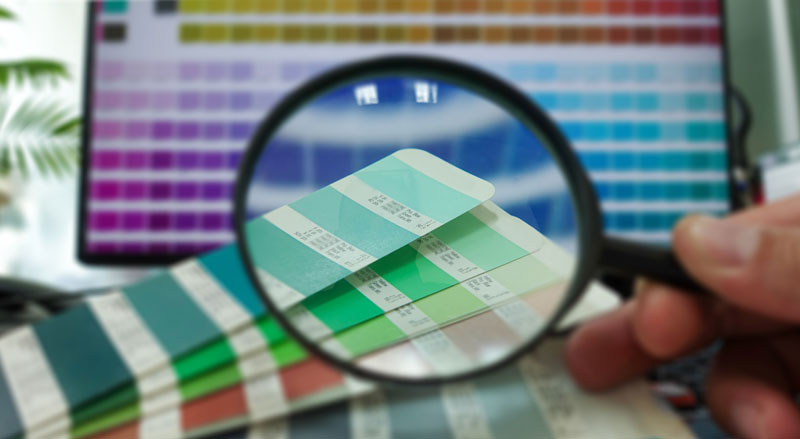What is it?
The Pantone Color System, or PMS, is a standardized color matching system, used worldwide to help help printers and designers maintain color consistency, without having to contact each other to determine a certain color makeup.
How does it work?
Pantone colors are described by their number, for example, PMS 205 is pink. There are over 1,000 colors identified in the Pantone Color Matching System, including metallic and fluorescent colors. The solid palette is also identified by a suffix following the color. The suffix code refers to the paper stock on which the color is printed; C stands for coated paper, M is matte paper, and U is uncoated paper. For color plastic component production, A Pantone Plastic Color reference number is used. The color references are denoted by a Q or T, followed by a three-digit number that identify the color. The letter Q refers to color printed on opaque plastic and T on transparent plastic.
How is it Beneficial?
Different manufacturers in different locations, with no direct contact, can use the Pantone Color System because it is known that all the colors will match using this system. The standardization of the colors takes out all of the guesswork, providing consistent artwork or brand logos. Pantone also has developed a bridge to help people match colors in standard CMYK printing.

